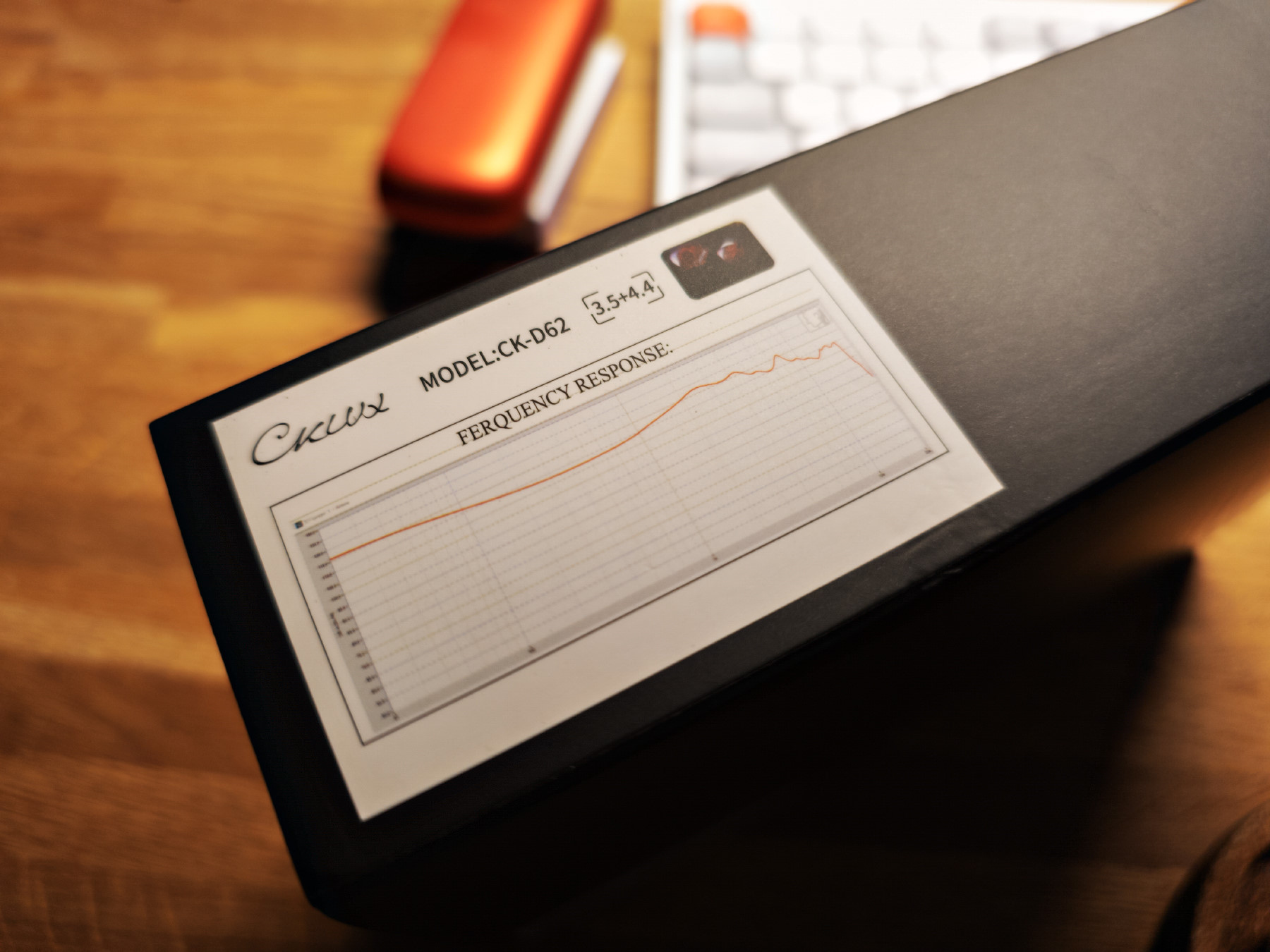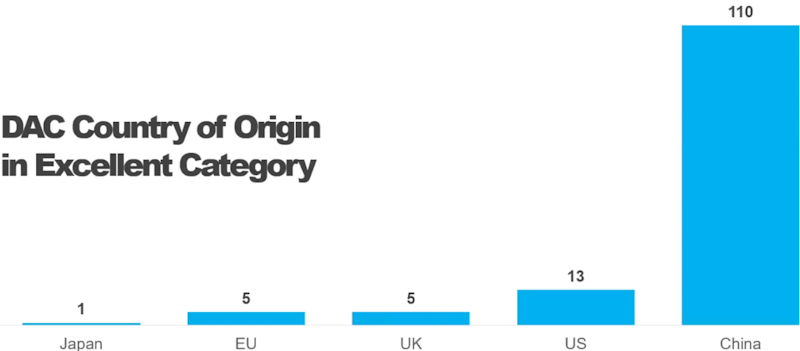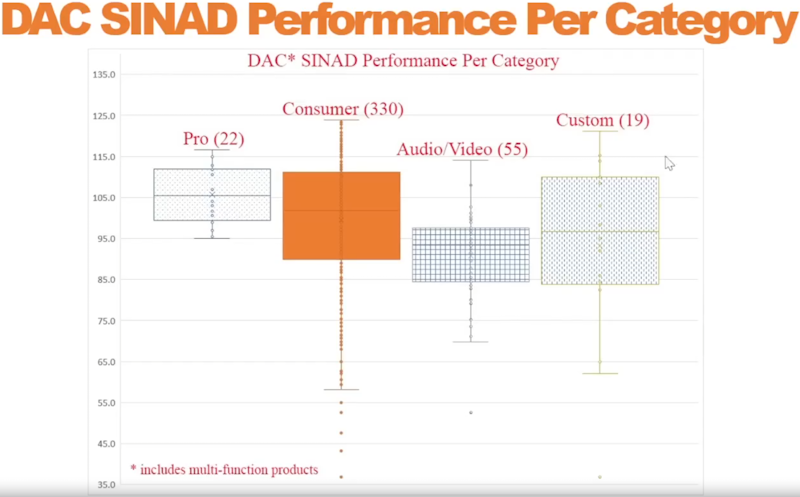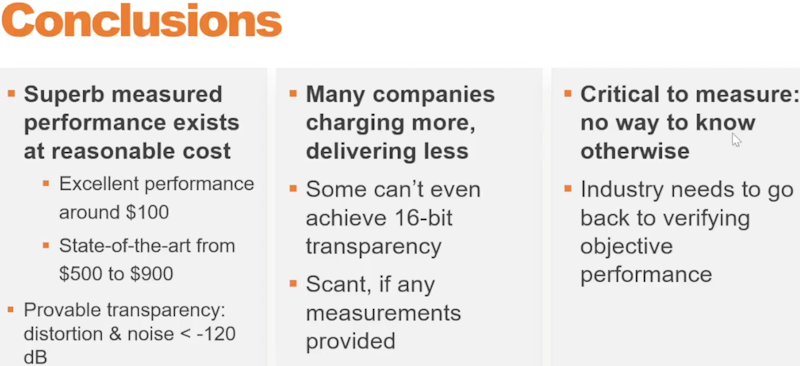What’s Going On in the Headphones Industry at the End of 2024
With this post, I would like to somehow summarize the year of 2024 and describe my vision of what is happening in the headphones and sound sources market at year-end.

China
‘China’ is actually the main word of 2024 in the audio discourse. All the most interesting developments, all new technologies, and all the best models belong to Chinese brands with very, very few exceptions. This trend did not appear yesterday, but around 2010, when a giant manufacturing hub was formed and started operating, located in the area, or better to say, the ‘agglomeration’ of Shenzhen.
Why are Chinese manufacturers’ headphones the best? Well, it’s because Chinese engineers have acquired the knack of reverse engineering others’ products and then producing their own. Labor in China is cheap, production capacities are huge, and marketing costs are low – it’s mostly about word-of-mouth marketing. China can afford to produce a lot of relatively cheap and infinitely diverse headphones, and in the last few years, their quality and consistency (in terms of the difference between copies) have shaped up, too.
Yes, sometimes the approach to developing new models is based on the good old ‘hit-and-miss’ principle, but the number of models is so large that, statistically, every manufacturer will manage to release at least one really good model of headphones. To put it bluntly (and just metaphorically), the number of galley slaves is so high that sometimes ‘War and Peace’ can really be written by happenstance.
Moreover, there are also other Chinese companies that approach design and tuning utterly consciously and don’t create endless lines of countless models, Truthear, for instance.
Role of measurements
It makes perfect sense from China’s technical and manufacturing leadership that the measurements of headphones have become more important than ever: there are plentier than plenty of various models, and it’s impossible to listen to all of them just physically, even if you live in this very China and have physical access to them all. Therefore, we have to choose remotely. And how do we do it? Only by measurements. Feedback and reviews still play a part, but more as an addition: talking heads on YouTube have become interpreters explaining the favors and disadvantages of curves on the graphs if the viewer is not able to evaluate the latter on their own and adding a couple of words about kits and cables, of course.
The new normal now is the publication of measurements by the manufacturer itself, and some companies keep their model measurement databases right on their websites, while the lack of measurements immediately raises the question, “Aren’t you trying to hide something from the buyer?”

I assume that ‘old’ brands will either no longer be able to ‘win back’ the generation of consumers who grew up with this approach or will have to change their approach and start showing their measurements, too, rather than highlighting past achievements, counting the years since the company was founded, etc.
Headphone frequency response measurement standard
In a nutshell, as there’ll be a separate post about it, the trend in 2024 is the transition from measuring rigs of the IEC711 standard to ones of Brüel & Kjær 5128 (4620). The new equipment is fabulously expensive, but it has undeniable advantages over the old one: much more reliable measurements in the range of 20 Hz – 20 kHz (in IEC711 – from 100 to 10,000 Hz). New target curves appeared, and even Sean Olive began finding out what the Harman curve would look like at the B&K 5128 rig (YouTube).
The rigs of the old standard became more accessible: on AliExpress, you can buy a secondhand E610A branded coupler (IEC60318-4), ears and a power supply unit (B&K 1704-C-102) for some $750 and measure to the gills.
Sound sources
The sound source market is experiencing the same trends because it plays by the same rules: Chinese brands completely dominate there, especially as the difference between the sound sources is already poorly discernible even on measurements – this is how well they’re being made.
Everything you need to know about the topic is the results of the last year’s study by Amir (YouTube, AES), the owner of audiosciencereview.com. The study included about 450 sound sources. Based on the results of the study, the devices were divided into 4 categories: Excellent, Very good, Fair and Poor. Here is the distribution of devices by country of origin in the Excellent category:

Here is the distribution of devices by SINAD (signal-to-noise and distortion ratio) within the categories:

Main conclusions:

Excellent performance is doable for devices priced around $100, while devices priced from $500 to $900 sound remarkably, incredibly well.
And, like with headphones, it’s now considered good form to show measurements right away rather than pouring out words like ‘transparency’, ‘tunableness’, ‘legibility’ and other bullshit.
In-ear and over-ear headphones
Over-ear headphones are losing the battle for the buyer to in-ear models. Again, everything is completely logical: IEMs are cheaper to produce, they are suitable for more use cases, they are simpler, and, therefore, innovations can be implemented faster. Finally, they are physically smaller, which means they are cheaper to store and deliver.
In other words, the sound that the consumer gets in an over-ear model for $2,000 will come out for some $500, if not cheaper, in an IEM-format. Besides, IEMs partly act as an answer to the unsolved question, “What decent closed-back headphones should I buy?”. If we talk about over-ear headphones, there are only two really convincing answers so far: DCA E3 and Kennerton Arkona, for $2,000 each.
And it is IEM models with which manufacturers experiment the most: multi-driver systems, combining different types of radiators, new types of drivers (for example, micro-electro-mechanical systems (MEMS) or bone conduction drivers). None of this is going on in the market of over-ear headphones – there is technological stagnation there.
“Making good sound cheaper”
25 years ago, no one really understood what ‘good-sounding headphones’ were like. 10 years ago, you had to pay about $4,000-5,000 for them.
Today, incredibly good in-ears cost $400-500, very, very good ones cost already $200, and just good ones cost less than $100. Over-ear headphones are developing within the same paradigm: with the advent of PARA, AR5000, JT1/FT1, we can talk about buying a new decent-sounding ‘DAC + headphones’ system for $300 and a really presentable one for $1,000, and these will be headphones from a Chinese manufacturer.
The reasons are clear and stated above.
However, the industry still has something to offer those who have deep pockets: Subtonic Storm, Moondrop Solis II, Kinera Imperial Loki, etc.
Gold nuggets
The incredible cheapness and infinite variety of models have created a phenomenon similar, in fact, to sifting river sand in search of gold. Many people can afford to buy 10-15 cheap models of in-ear headphones at once. These will be earphones without measurements and reviews, from manufacturers who don’t even have clear names. The interest is simple: what if there is an amazing, unknown model among these earphones? A kind of golden nugget that just needs to be found and brushed down? The mindset here is almost the same as with loot boxes in games: it works flawlessly for many people.
Wireless headphones
The only area where China cannot catch up with the Europeans, Americans and Japanese yet is all kinds of systems that require software development: TWS and over-ear wireless headphones. Even relatively ‘big’ and well-known manufacturers such as Moondrop and Fiio are unable to create or customize normally functioning software. Just look at the Moondrop Link ratings (3.7 with 270 reviews) or FiiO Control (2.6 with 1,000 reviews). Both applications were not created yesterday, they are updated regularly, but it hasn’t produced the desired effect – stable and bug-free operation – yet. And all other manufacturers have even worse results, therefore, the Chinese cannot beat Sony, Sennheiser or Bose in this field yet. I suppose, however, that this won’t last.
That’s the way the cookie crumbles! If you love in-ears, you can forget about Sennheiser, Audeze, Noble, Beyerdynamic, 64 Audio and other European and American dinosaurs. It’s high time to learn new names: Simgot, THIEAUDIO, AFUL Audio, Kefine, QKZ, Shuoer, ZiiGaat and about a hundred or two more crackjaw names – these companies will be the main players in the IEM market in the coming years. Is this good or bad? Well, it’s expectable in the context of the capitalist world order. But, as there has never been such competition and such a variety of excellent headphones, it’s definitely good for consumers and listeners.
